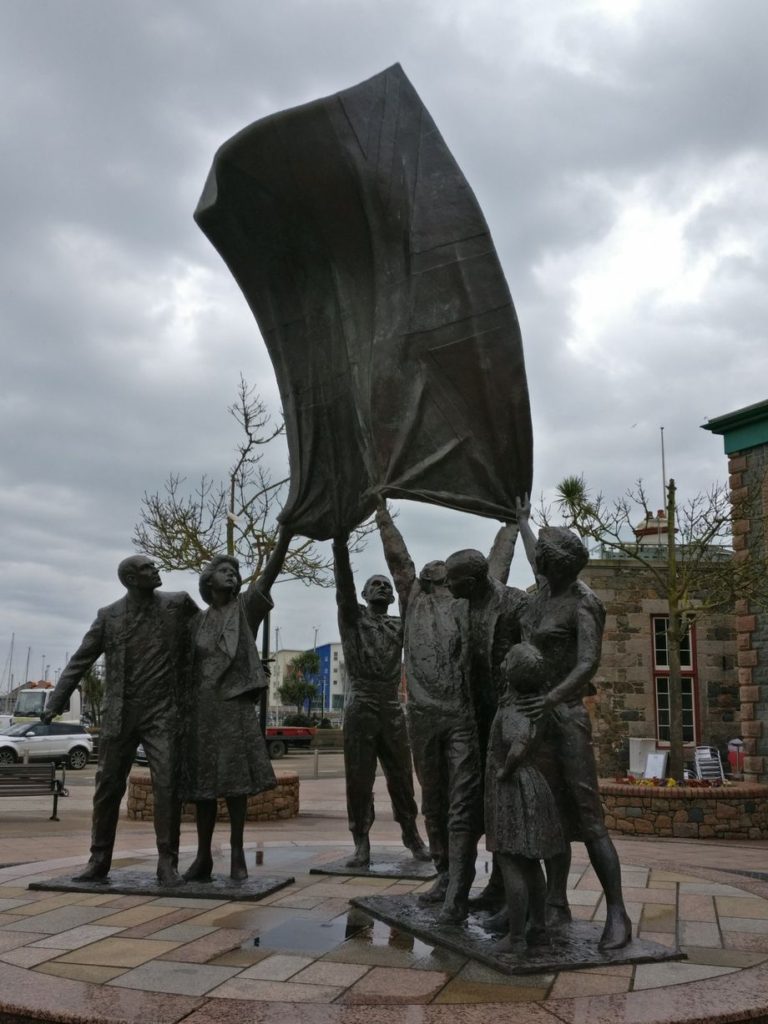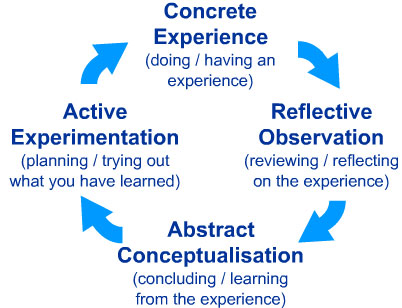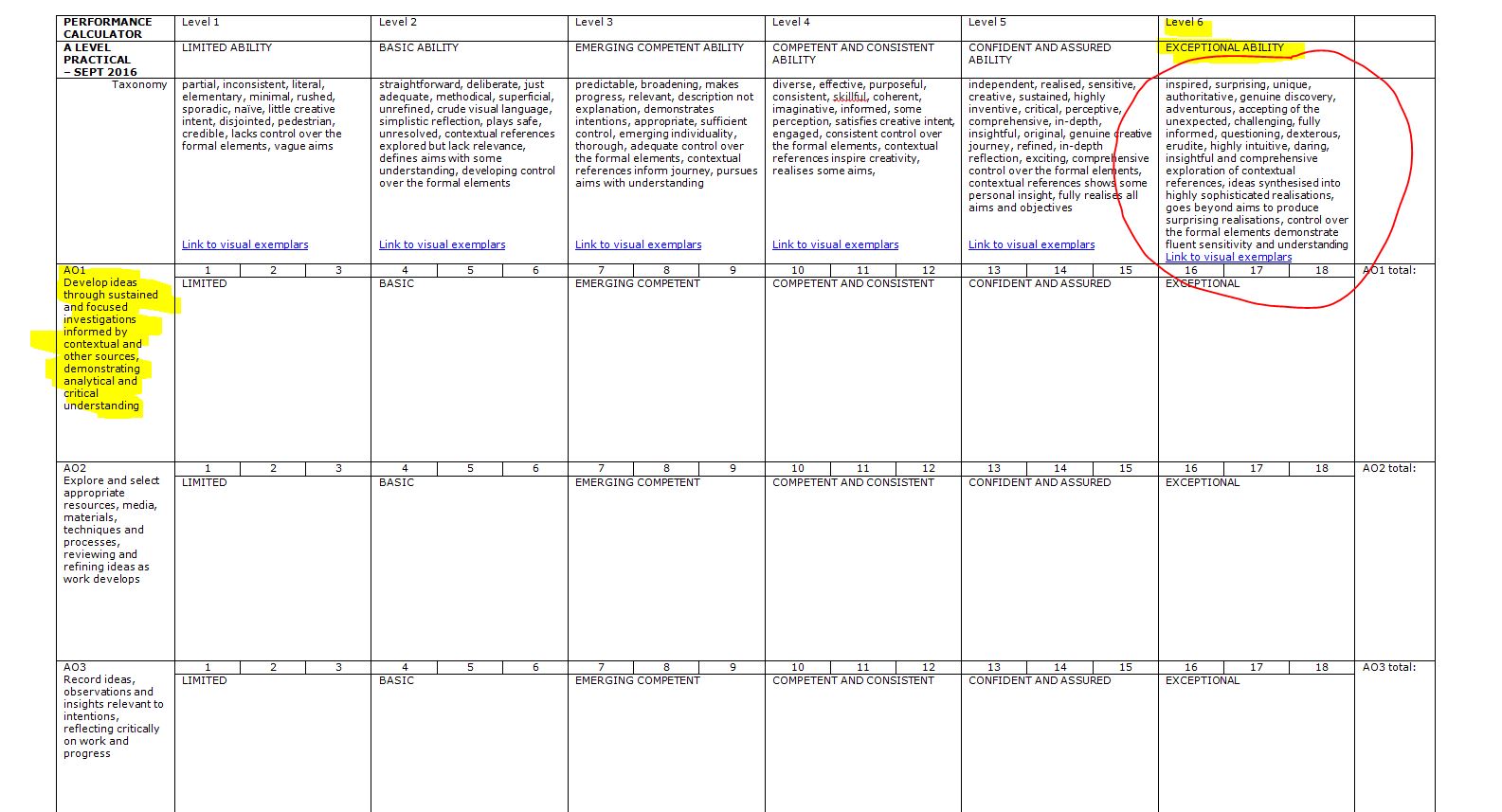- Abstract
- Landscape / Architectural
- Portrait photography
- Still Life and Objects
This induction task is designed for students who wish to study AS Photography. The aim of this task is to ensure that the students who have chosen this option both understand the requirements of the course and start as early as possible in their journey towards completing it to a high level. The work you produce in this Induction Task will be used to stimulate a group discussion during the first session as well as form the beginning of Component 1 (coursework).
Stimulus : “Occupation and Liberation”


This task should be an ongoing investigation over the summer so expect to spend at least 2-3 hours a week over a four week period in order to develop your idea…
Aim to respond creatively to the stimulus… “Occupation and Liberation.”
Show how you can observe, interpret, define and most importantly photograph signs of occupation / liberation. You may want to explore visual aspects, or subtle and nuanced ways of photography various forms of occupation / liberation that have an emotional or personal edge. There are many possibilities…some more obvious than others.
You should / could start by photographing some of the following suggestions…
- German bunkers / fortifications / sea defences
- walls, barriers, fences
- local slave labour camps
- artefacts and other evidence
- survivors / islanders who were here during the occupation itself
- memorials
And aim to produce a set of photographic responses based on your own research of photographers from this selection…
| Paul Virilio – Bunker Archaeology CLICK HERE for more… |

Ziyah Gafic – Relics of war CLICK HERE for more

Claude Cahun – Resistance artist CLICK HERE for more

Self-portrait (with Nazi badge between her teeth) by Claude Cahun, 1945
What is required:
- Research your own chosen photographer, who is he/she, what type of photography, what does it say to you?
- Analyse his/her work, style, technique, meaning – show knowledge and understanding
- Respond – at least 3 different shoots that show development of your ideas and style as well as your understanding of abstract photography
- Edit – make a first selection and cut down the three shoots to the best ten images, and justify your selection in annotation.
- Experiment – work on cropping, adjustments of brightness/ contrast/ colour correction and show further Photoshop / editing techniques.
- Evaluate – describe process of experimentation and reflect on learning etc.
- Present – put all work together in a digital format such as Powerpoint / Word
- Select your favourite outcome, print out as an A4 image and explain why you have chosen it in your final evaluation (at least 200-300 words.)
How to proceed:
Research an artist reference, the background and life of the artist and explain why you have chosen that particular photographer. What do his / her photographs say to you? Look at composition and its visual elements e.g. line, form, shape, colour, tone, contrast, texture, depth, balance, space, perspective, viewpoint, foreground/ mid-ground/ background, rule of third. Look at the use of lighting e.g. natural lighting; sunlight, overcast, soft, harsh, directional, contrast and artificial lighting: studio, flash, spotlight, side-light, backlight, reflected light, shadows, chiaroscuro (light / darkness).
Use photographic language as above in your annotation and consider the artistic merits :
Technical , Visual , Conceptual and Contextual elements
- Write a short introduction about the work of your chosen photographer and the nature of their work
- Issues to consider:
- His / her attitude to photography and the advantages / disadvantages of the camera as a way of “seeing”
- Are we looking at fact or fiction (or a hybrid of both?)
- The ways in which your chosen photographer explored the formal elements in his / her work e.g. form, light, rhythm, line, texture, repetition etc.
Planning: Once you have spent time evaluating the work of your chosen photographer, plan a shoot using the same techniques and mindset.
You must: Produce a mind map
showing your thought process and with breadth of thinking, and a mood board
(collage of images) to illustrate the look and feel of your project.
You should: Start to write annotations of your thoughts,
how are you going to proceed with the project? What are your inspirations? Your
doubts? Your worries? How will you start? Consider as many experiments as you
can.
You Could: Add in photographic responses as you write the blog, showing how your ideas are developing. Show variations and experimentation of different shoots, different ideas.
Recording: After planning your idea, gather together what you need. When you take pictures try and think about everything that you see in the frame – what’s in the foreground, mid-ground, background. To achieve this you must think about composing your picture (use your zoom lens and/or distancing yourself from subject/object), focussing (sharp, soft focus), use creative exposure tools on camera like fast/slow shutter speed to either freeze or blur a sense of movement, different aperture settings to control the area of focus and sharpness in your picture. E.g. a high aperture setting like f5.6 will make the background soft and out of focus whereas an aperture of f16 will make everything in the picture sharp from foreground to background. Also by zooming in or using a telephoto lens you can throw the background out of focus, or conversely if using a wide-angle everything in the frame will be in focus. Crop your images carefully.
You must: Produce the contact prints from at least three shoots, each dated with your selections highlighted.
You
should:
Ensure the three shoots are as varied as possible, showing your ability to be
creative and that you can learn from the shooting process. Include the experience into your blog.
You could: Increase the number of shoots and once you
have highlighted your selection, give reasons for choice linking with the work
of the photographer.
Editing: Editing is one of the most important aspects of photographic practice so be critical and selective when you choose your final selection of 5 images and then your best photograph. Think about sequence and relation between images – does your series of images convey a sense of narrative (story) or are they repetitious? Sometimes less is more!
You Must: Gather your images and select your final selection approx 10 images, describe each of the images, artistically and share your thoughts on what why you took and then selected the image.
You should: Show your ability to correct the images using image manipulation software, such as Photoshop, consider the cropping, adjust levels, contrast, colour correction, B/W and balance of the image.
You could: Use Photoshop to enhance your creativity and expand on the possibilities that photography gives you, include screen grabs to illustrate the techniques you have used.
Presentation: Think about how you present your work in terms of layout, scale, colour and perspective. A Powerpoint presentation is ideal
The presentation of your photographs is just as important as your photographic images themselves. Consistency of layout throughout is paramount and try to make your work personal.
You must: Gather all of your work and present it in a logical manner
A grid format could work well for this exercise
You should: Produce an individual and comprehensive response to both your chosen artist and the inspirations that the artist has given you.
You could: Design within Adobe Photoshop or similar package, a theme to enhance the imagery and clarify the message of your response.
Evaluation: Reflect, contrast and compare the images and ideas that you have taken and write 500-1000 word account of how you made the photos, development of idea and what you were trying to achieve and communicate. This can be done throughout your layout as annotation or at the end as part of your final evaluation. Finally, choose your favourite image and present this separately from your series of images. Accompany this with a brief written analysis (250-500 words) explaining in some detail what it is that you think works well about this image.
You must: Evaluate your work, compare it with the work of your chosen artist reference and consider the areas that were most successful and why.
You should: Discuss the changes you could make to improve the project and analyze the reasons of your success and how you would add value.
You could: Show how you would take the project to a higher level and give examples of the methods and inspiration that you could employ to achieve this.
Make sure you bring with you: all of your work (that covers points 1-8 in your chosen digital format) including your best A4 printed image for your first photography lesson on Wednesday 4th September 2019.
USEFUL LINKS
https://www.theislandwiki.org/index.php/The_individual_towers
https://www.jerseywartunnels.com/?gclid=EAIaIQobChMI4OHfnNPQ4gIVWfhRCh3Y5gLyEAAYASAAEgIQyPD_BwE
Good luck and get creative!
Email // j.cole@hautlieu.sch.je
Web // www.hautlieucreative.co.uk





